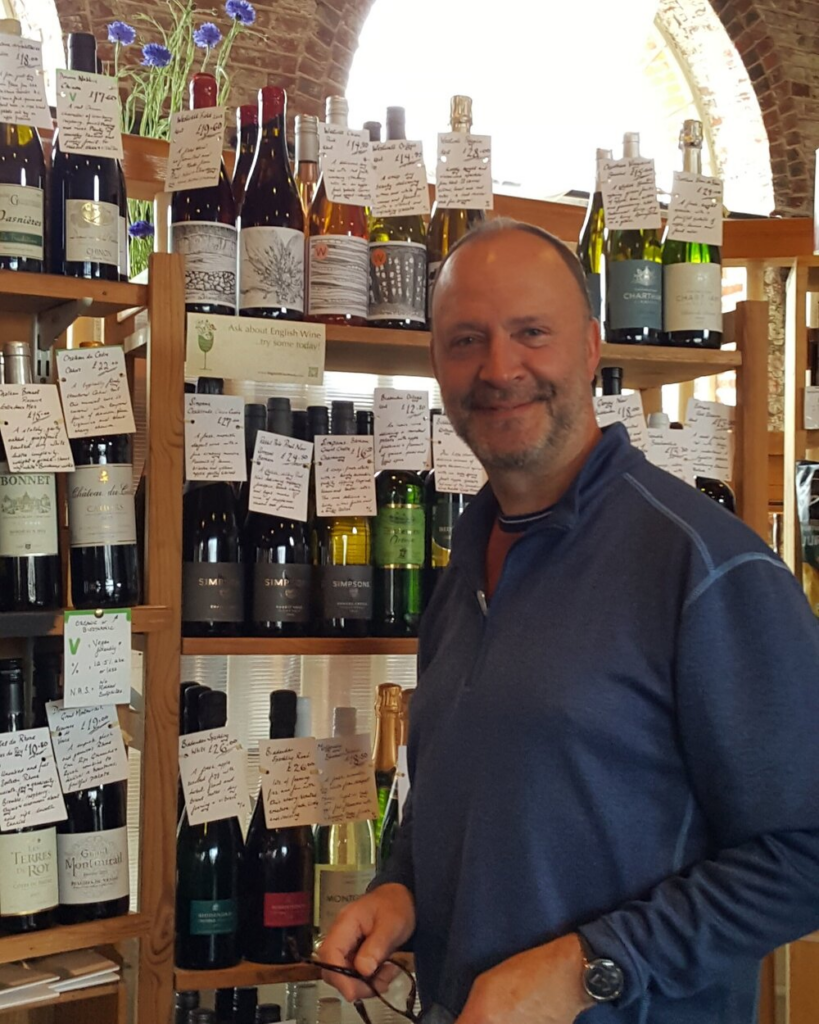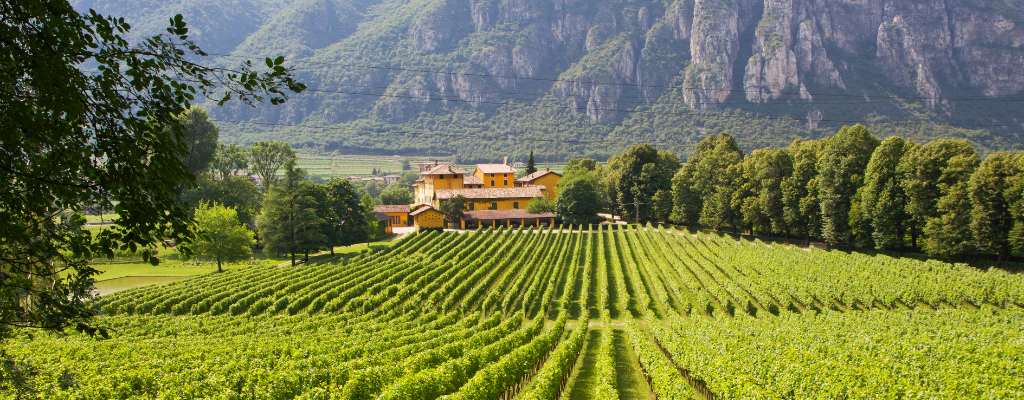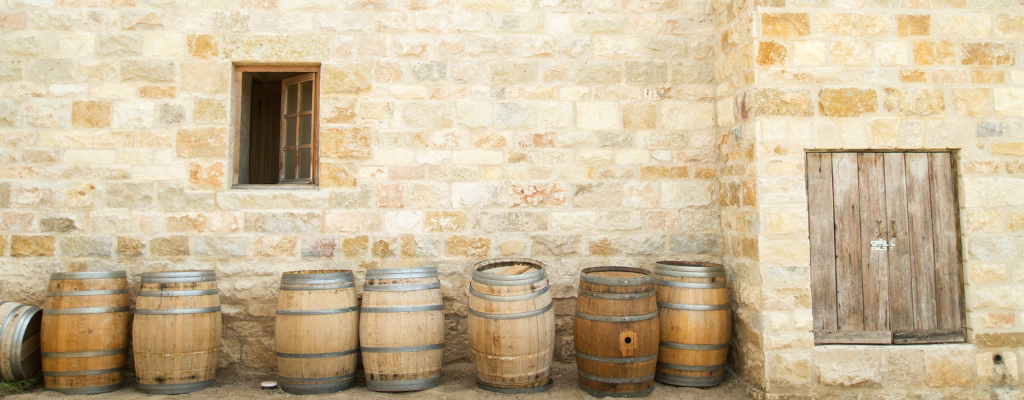Published on April 12, 2023.
Explore Italian Wine
High-quality variety and grapes. Something for everyone.
Italy has a long history of winemaking, dating back to the Roman period as they pioneered ancient methods of winemaking, large-scale production and storage techniques. Italy is now the largest producer of wine in the world, by volume, and is acknowledged as a country which offers excellent value, high-volume wines as well as creating some unique, age-worthy wines.
The country also has an amazing diversity of indigenous grape varieties, some of which are just starting to be seen on the world market, and an extensive latitudinal range in climate which allows many distinctive styles to be made. Vines are planted in the cool vineyards below the Alps to the hot plains of Sicily, all regions offering quality wines to partner a range of dishes.
Whilst Italy may be viewed as a very traditional wine country it has been going through a steady change over the last decade or two. Quality has been rising, the diversity of grape varieties has been celebrated and the character of each of its many regions has been brought to the fore; it is probably the most dynamic of the big 3 Global producers: France, Spain and Italy.
From the cool regions of Alto Adige and Trentino to the southern extremities of Puglia and Sicily, the wine producers have managed to improve the vineyards and wineries to be able to deliver great wine at sensible prices. Wines which can be fantastic drinks in their own right but also amongst the finest food partners in the world. Here are my top four picks, each will bring something different to your list and add a splash of star quality.
The Aragosta Zagare Vermentino, Sicily shows how the island once known for producing high volumes of indifferent ‘drinking wine’, with much destined to be sent north to produce Vermouth, has managed to turn thing around to creating classy, fresh whites and smooth ripe reds. The Zagare Vermentino is a modern, fresh dry light white, eminently accessible with touches of lemon, peach and floral notes on the nose and a more citrus character on the light, moreish palate. It comes from the west coast of the island where on-shore breezes help moderate the Mediterranean heat and maintain the acidity of the grapes. It offers value and a great alternative to Pinot Grigio. A super wine to partner seafood and light pasta dishes, as well as to while away a couple of hours with friends.
One of the delights of Italy is the array of regions and the different wines produced in each. Just south of the beautiful Lake Garda is the lesser-known region, at least in the UK, of Lugana. Only a few of the wines produced here leave the area but we have managed to secure a quantity of Montresor’s Lugana Bio (organic). The wines is made from what the locals called Trebbiano di Lugana but which we probably know better as Verdicchio , the great grape of the Marche region on the Adriatic coast and also used in Soave. The wine has a lovely weight, with a crisp acidity finely balanced by subtle tropical fruit and herbal notes. There is a silky texture to the palate and fine length. This is not a ‘shouty’ wine, but subtle and elegant, that will partner white fish and chicken dishes as well as pasta dishes featuring prawn, crab or lobster.
Moving back to the south of Italy, we come across one of the most transformed regions, Puglia. The indigenous grapes such as Nero di Troia, Negroamaro and Primitivo are exciting tasters around the globe. Perhaps the most popular is the Primitivo, possibly due the familial connection to Zinfandel, and my favourite, the most drink-worthy, is the Electric Bee from the Produttori du Manduria. This wine offers layers of ripe black and red fruits with the typical edge of dried fruits and spice of the variety. The winemaker has managed the tannins well so that the palate is smooth, warming and with length. Characterful and engaging, the wine is perfect by the glass and also a terrific partner for tomato and meat-based pasta dishes but rich enough for a juicy, meaty burger.
Last but by no-means least is Tenuta Olim-Bauda’s, Barbera d’Asti from Piedmont. The estate lies in the impressive, quality focussed Nizza area of Asti and has been managed organically for several years. The Barbera grape delivers juicy, fresh reds with morello cherry and herbal notes. There is a good depth of fruit with gentle but dusty tannins and a splash of acidity making this a wine to partner food dishes with stronger flavours meat or cheese dishes, think of a good ragu or strong aubergine parmigiana. There is only space to highlight four wines but I would also love to mention the Tenuta Olim Bauda’s Nizza, a separate DOCG, within Asti. This is the apogee of the Barbera grape, rich intense, powerful and with layer upon layer of deep fruit and spice, fine dense tannins and not for the faint-hearted, it is sublime.
Share this article
About the author

Chloe Lewis
Chloe looks after all copywriting and proof-reading for Drink Warehouse UK, working with the Marketing team to deliver educational content to all our customers. She has spent many years in the hospitality sector, moving from behind the bar to now helping venues to stock their own. You can find more from Chloe about beer, cider, spirits, wine, non-alcoholic, soft drinks and RTDs all over our blogs, website, social media and Set The Bar magazine.

Clive Barlow, Master of Wine
Clive Barlow MW started his wine career when working at the vineyard in Hampshire’s New Forest in the late 1980s. His belief is that wine is made to be shared and enjoyed, not to be pontificated over. Wine is a drink that people enjoy at home as well as in bars and restaurants all over the world. Now, more than ever, we need good wine to share and bring people together.
Click here to receive the latest and greatest promotions, new products, competitions and so much more straight to your inbox.










